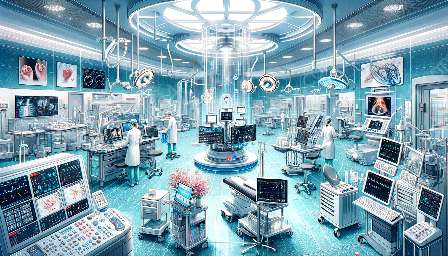Biophysics of Drug Delivery Systems is a field that integrates principles of physics, biology, and medicine to design, develop, and understand drug delivery mechanisms at the molecular and cellular levels. This interdisciplinary field explores the application of biophysical principles in delivering therapeutics with precision and efficiency. In this comprehensive topic cluster, we will delve into the fundamental concepts, mechanisms, and innovations in the biophysics of drug delivery systems, and explore its compatibility with medical devices and biophysics.
The Fundamentals of Biophysics in Drug Delivery Systems
Biophysics plays a critical role in understanding the physical properties of drug molecules, the interactions between drugs and biological systems, and the mechanisms of drug delivery. By leveraging principles such as thermodynamics, kinetics, and transport phenomena, biophysicists and pharmaceutical engineers can design drug delivery systems that optimize drug release, target specific tissues, and minimize side effects. The biophysical properties of drug delivery systems, such as size, shape, surface characteristics, and stability, greatly influence their efficacy and safety.
Biophysical Principles in Creating Drug Delivery Systems
The design and optimization of drug delivery systems heavily rely on biophysical principles. For instance, the use of lipid bilayers, polymers, and nanoparticles in drug delivery exploits the principles of membrane biophysics and colloidal interactions. Understanding the behavior of these systems at the nanoscale is crucial in developing targeted and controlled drug delivery platforms. Moreover, the application of biophysical techniques, including spectroscopy, microscopy, and computational modeling, enables the characterization and visualization of drug delivery systems at the molecular level.
Biophysical Interactions in Medical Devices
Biophysics intersects with medical devices in the realm of drug delivery, as medical devices often play a crucial role in the administration and monitoring of drug therapies. Advanced medical devices, such as implantable pumps, transdermal patches, and microfluidic systems, leverage biophysical principles to ensure precise and controlled drug delivery. The integration of biophysics in medical devices enhances their functionality, reliability, and compatibility with biological systems, leading to more effective and personalized healthcare solutions.
Emerging Innovations at the Intersection of Biophysics and Drug Delivery Systems
The convergence of biophysics and drug delivery has fueled numerous innovations in the development of novel drug delivery systems. From targeted drug delivery using nanotechnology to the use of physical stimuli, such as ultrasound and magnetic fields, to modulate drug release, the field is witnessing groundbreaking advancements that promise enhanced therapeutic outcomes and reduced systemic toxicity. Additionally, the emergence of personalized medicine and precision drug delivery is driving the integration of biophysical models and computational simulations to tailor drug delivery strategies based on individual patient characteristics.
Challenges and Future Directions
The biophysics of drug delivery systems presents both opportunities and challenges. Overcoming biological barriers, achieving controlled release profiles, and ensuring the stability of drug delivery systems in complex biological environments are among the persistent challenges. However, with the continuous advancements in biophysical techniques, materials science, and nanotechnology, the future holds promising prospects for the development of next-generation drug delivery systems that can revolutionize patient care and treatment outcomes.


